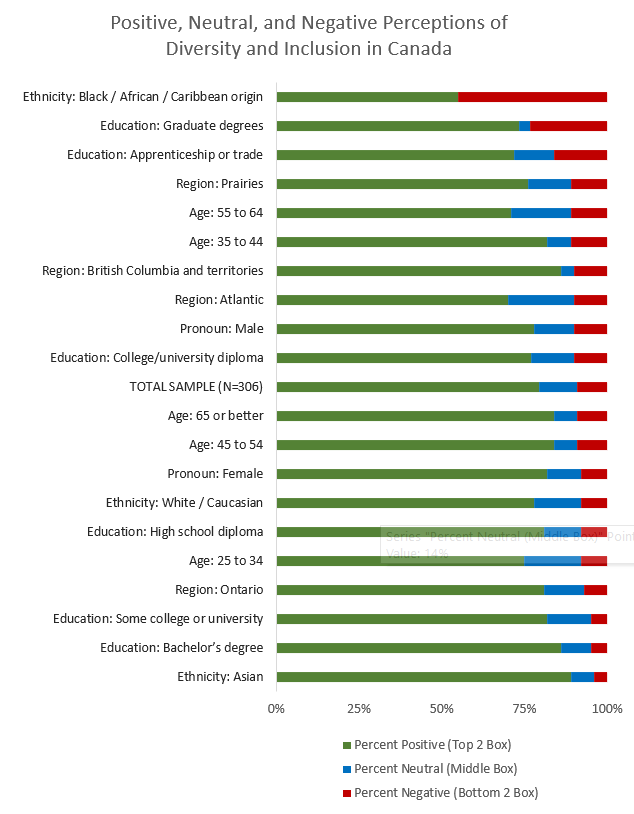Survey fatigue has been a hot topic ever since panel companies solved the problem of putting surveys online (CanView has been doing online research for more than two decades and offline research for nearly four decades!). It became really easy, and far cheaper, to send out hundreds, thousands, and millions of questionnaire invitations with a simple click of a button.
With that great power, came great responsibility. We realized we needed to do a better job of helping research participants complete questionnaires without them becoming overwhelmed 1) while answering a questionnaire and 2) due to receiving too many questionnaire invitations.

The benefits of avoiding survey fatigue are two-fold. First, and most importantly, avoiding fatigue allows research participants to enjoy the research experience. When people enjoy surveys, they want to continue participating, and they look forward to receiving further invitations. Researchers enjoy the research process and it’s only fair that research participants enjoy it too.
Second, avoiding survey fatigue means that researchers receive better quality data. By avoiding fatigue, response rates and completion rates remain high, and biases due to self-selection and opting-out are reduced. And, when people are engaged throughout a survey, they read questions more carefully and provide more accurate data. Further, people quickly learn which companies respect their time.
There are many ways to reduce survey fatigue but we’ll cover just a few of the more actionable items here.
- Be Transparent: We can’t always tell research participants the precise goals or hypotheses of the research but we can often tell them why their participation is important. For instance, it wouldn’t be wise to tell people that we’re attempting to determine whether people would be willing to pay double for a product that doesn’t test on animals – this could bias the end result. However, we can tell them we are trying to understand which features of a product are important to people.
- Create Shorter Surveys: Shorter is always better. Aim for shorter questionnaires, shorter questions, shorter answers, shorter introductions, shorter everything. If at all possible, aim for questionnaires that are no more than 15 minutes long. And if the questionnaire is still too long, consider reducing the length using chunking.
- Reduce Complexity: Complexity comes in many forms. It could mean extensive convoluted phrasing instead of simple words. It could mean questions that demand lengthy open-ended full sentence answers instead of ‘check-all-that-apply’ answers. It could mean pages of grid or matrix questions instead of individual questions. And worst of all, it could mean ten-point scales instead of five-point scales.
- Respect Their Time: Obviously, we can’t tell people how long it will take them to complete a questionnaire given skips and logic, and different reading and comprehension skills. However, we can provide estimates that border on the longer side, and we can provide encouragement throughout the questionnaire (e.g., ‘Well done, you’re half way there!). This encouragement is particularly useful once a participant has passed through a lengthy logic section.
- Respect the Phone: More than 30% of questionnaires are now completed on mobile devices. People answer questionnaires while they chill out on their couch, while waiting for public transit, and while eating their lunch in the park. We can’t expect them to patiently work through those questions on a small device. If a questionnaire doesn’t work well on the tiniest of devices, people will either quit answering or quit providing accurate answers. We can’t reasonably expect them to switch over to a laptop when they get to a question that is too wide or complicated to answer easily on a phone.
- Get a Second Opinion: Once you’ve worked through editing and re-editing a survey ten times, it’s nearly impossible to see its weak points. Make time to get feedback from at least two colleagues who’ve not recently worked on that category. Even better, get feedback from colleagues who don’t know anything about the category!
We’d be happy to help you work through any of these tips on your next questionnaire. Please get in touch with us!




